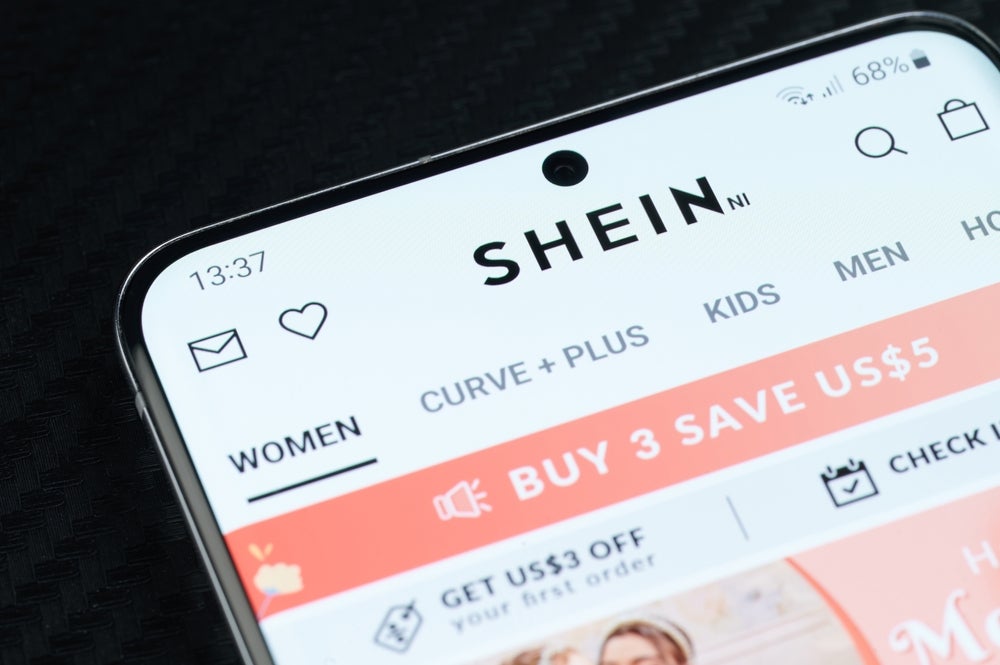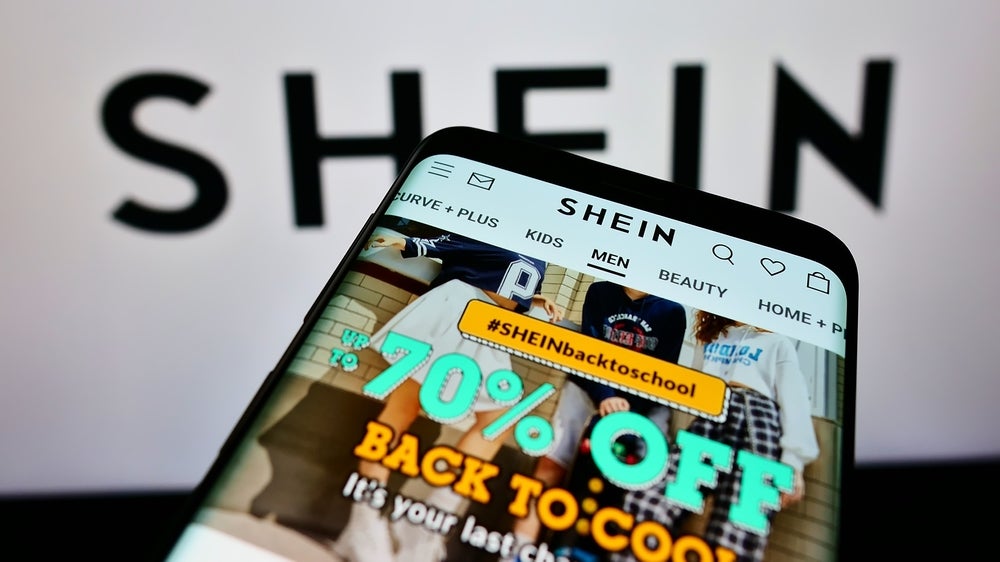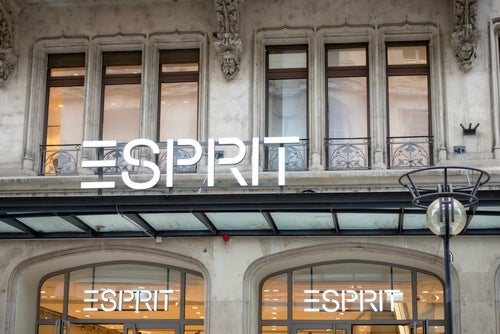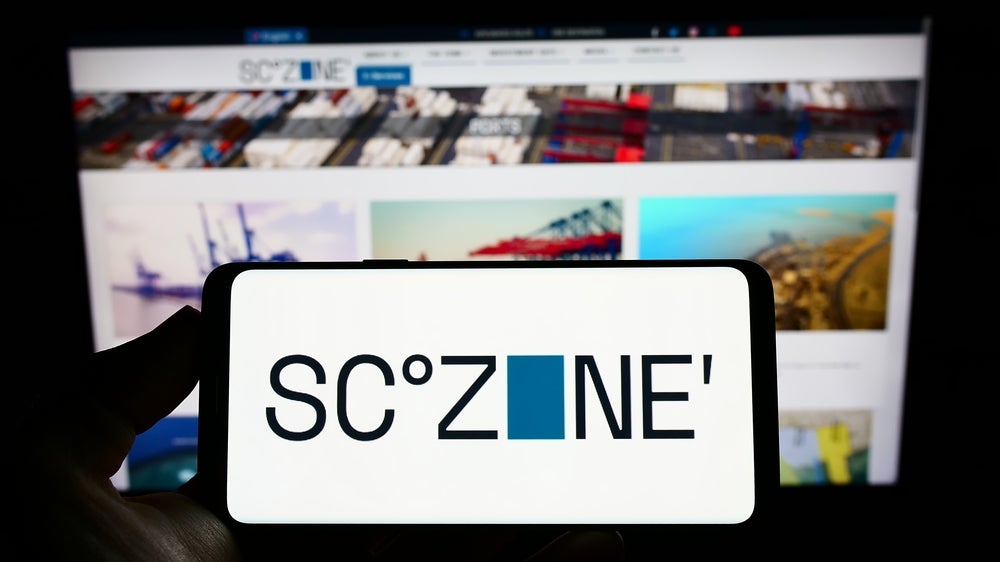The global value market apparel market grew by 3.8% in 2022, reaching a total of $228.8 billion, fuelled partly by the growing strength of Shein, according to new analysis from GlobalData.
The fast fashion giant is now said to be the market leader, increasing its share of the global value market by 7.88 ppts between 2019 and 2022. GlobalData says this is due to the retailer’s “exceptionally low price prices and expansive product ranges”
The stats come from GlobalData's Value Apparel Market Size, Share And Trend Analysis By Region And Category Performance, Top Brands And Forecast To 2027 report, which looks at current trends in the value apparel sector while also considering the next four years.
Shein’s success may have partially led to the decline of rivals Boohoo and PrettyLittleThing, which both lost market share during 2022. However, GlobalData also cites the impact of consumers returning to physical stores last year - as well as a greater focus on quality and value for money - which have also led to struggles at both retail sites.
Overall, the total global value apparel market increased by 15.2% since the start of the pandemic, with 2022 seeing an increase in the number of consumers trading down to more affordable brands in response to cost pressures elsewhere. The value apparel market is expected to grow 1.6% in 2023, as the cost-of-living crisis continues to impact consumers' shopping habits.
But while Shein’s online business seems to be thriving, many value retailers have struggled due to the sector’s renewed focus on bricks-and-mortar stores.
Primark lost the greatest share of the value apparel market between 2019 and 2022, as consumer spend shifted online. It has trialled click-and-collect services in the UK but this will need to expand if it is to keep up with its competitors.
Multi-channel retailers including Forever 21 and KIABI also saw their market share fall 0.3ppts between 2019 and 2022 due, in part, to Shein taking some of this consumer spend. Again, this is also partially due to other factors, with GlobalData citing the two brands’ inability to keep up with trends in recent years.
Collaborations between value brands and designers or franchises helped to boost sales for some retailers in 2022, with Primark’s Greggs collection highlighted as a particular success as well as Shein’s range created with the Frida Kahlo Corporation.
The report says: “By developing partnerships that are unique and interesting, brands can create a buzz around their products and, in turn, make them highly coveted.” It also states that a focus on revamping retail websites to include better payment and delivery options will be key for driving sales for value brands as consumer preference for online shopping continues post-pandemic.
In North America, this growth was particularly rapid, with sales of value apparel in 2022 up 43.2% compared to before the pandemic. Much of this growth was delivered by market leaders Target, Walmart and Forever 21.
However, this region is still expected to have the slowest CAGR between 2022 and 2027, followed by Europe at 2.0%. This is partly due to the impact of rising costs caused by the ongoing Russia-Ukraine conflict.
Further challenges for the value market include growing sustainability pressures and consumer concerns around quality, especially in the value sector.
Consumer loyalty within the sportswear market is also a challenge for the value sector, with many consumers remaining loyal to market leaders such as Nike, Adidas and Lululemon, despite threats from value brand ranges. Consumers continue to prioritise performance and quality over price when purchasing sportswear.
While value retailers including Walmart and Primark have launched into the athleisure space, GlobalData warns that they will struggle to compete with established sport brands. According to the report, consumers are becoming more loyal towards brands, placing value on the performance credentials and desirable logos associated with specialists like Adidas, Nike and Lululemon.
















